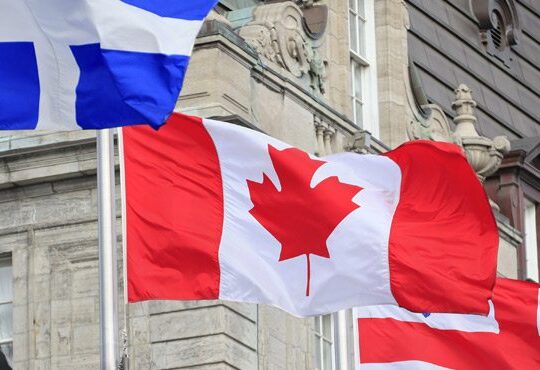Saskatchewan – Tranche d’imposition, taux d’imposition et crédits d’impôt provinciaux
TurboImpôt Canada
15 août, 2022 | 3 min. pour lire
Année d'imposition 2025

Faites vos impôts en toute confiance
Vous savez probablement que la Saskatchewan est reconnue pour ses activités d’exportation de blé. Mais saviez-vous que c’est dans cette province que les premiers guichets automatiques ont été fabriqués et utilisés au Canada?
Comme la plupart des provinces, la Saskatchewan utilise une structure d’impôt progressive, laquelle est composée de seulement trois tranches d’imposition. Ces tranches de revenu augmentent chaque année en fonction de l’inflation. Consultez la page sur les taux d’imposition pour les particuliers de la Saskatchewan pour les taux d’imposition de l’année courante.
À retenir
- La Saskatchewan utilise une structure d’impôt progressive, laquelle est composée de seulement trois tranches d’imposition. Ces tranches de revenu augmentent chaque année en fonction de l’inflation.
- Votre revenu imposable représente votre revenu total moins les déductions fédérales comme la déduction liée aux REER et les frais de garde d’enfants.
- Il existe de nombreux crédits uniques réservés exclusivement aux résidents de la Saskatchewan.
Tranches de revenu de la Saskatchewan pour l’année d’imposition 2025
| Taux d’imposition | Seuil de revenu imposable |
|---|
| 10,5 % | sur la partie du revenu imposable de 53 463 $ ou moins, plus |
| 12,5 % | sur la partie du revenu imposable de plus de 53 463 $ jusqu’à 152 750 $, plus |
| 14,5 % | sur la partie du revenu imposable de plus de 152 750 $ |
Comment les tranches de revenu de la Saskatchewan fonctionnent
Selon la méthode actuelle d’impôt sur le revenu, l’impôt dans toutes les provinces (sauf le Québec) et les territoires est calculé de la même manière que l’impôt fédéral. Le formulaire SK428 est utilisé pour calculer l’impôt provincial ou territorial, ainsi que les crédits d’impôt non remboursables.
Votre revenu imposable représente votre revenu total moins les déductions fédérales telles que la déduction liée aux REER et les frais de garde d’enfants. Comme son nom l’indique, il s’agit du montant sur lequel vous payez de l’impôt sur le revenu.
Il existe un montant admissible de revenus que vous pouvez gagner avant de devoir commencer à payer de l’impôt. Il s’agit du « montant personnel de base » ou « MPB ». Pour l’année d’imposition 2025, le montant personnel de base (MPB) fédéral est de 16 129 $, alors que le MPB de la Saskatchewan est de 19 491 $.
La Saskatchewan offre un régime fiscal semblable à celui des autres provinces canadiennes. Bon nombre des crédits d’impôt provinciaux offerts aux résidents de la Saskatchewan sont complémentaires à des crédits fédéraux semblables. Par contre, de nombreux crédits uniques sont réservés exclusivement aux résidents de la Saskatchewan.
Déductions et crédits d’impôt provinciaux de la Saskatchewan
TurboImpôt Canada
Articles Liés

© 1997-2024 Entreprises Intuit ULC 2022. Tous droits réservés. Intuit, QuickBooks, QB, TurboImpôt, ProConnect et Mint sont des marques déposées d’Intuit, Inc. Les modalités, les fonctions, le soutien, les prix et les options de service peuvent changer sans préavis.
© Entreprises Intuit Canada ULC, 2024. Tous droits réservés.
Les opinions exprimées dans ce site sont destinées à fournir des renseignements financiers généraux au grand public et non à fournir des conseils personnalisés fiscaux, financiers, juridiques, professionnels, commerciaux ou autres. Avant d’entreprendre quoi que ce soit, vous devriez toujours demander l’avis d’un professionnel en ce qui a trait aux impôts, aux placements, aux lois et règlements ou à toute autre question professionnelle ou commerciale pouvant avoir une incidence sur vous ou votre entreprise.






